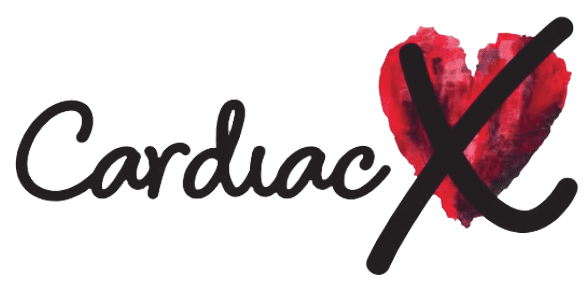 When this happens, every second counts. The good news is that you don't have to be a trained paramedic to help save a life. Any bystander, even with no training, can improve the likelihood of a cardiac arrest patient surviving by taking three simple steps: Call. Push. Shock.
When this happens, every second counts. The good news is that you don't have to be a trained paramedic to help save a life. Any bystander, even with no training, can improve the likelihood of a cardiac arrest patient surviving by taking three simple steps: Call. Push. Shock.
✨ CALL ✨
If you witness someone experiencing a cardiac arrest, it's crucial to act quickly. The person will not be conscious or breathing normally, and they need immediate help. The first step is to call Triple Zero (000) and request an ambulance. This will ensure that professional help is on the way as soon as possible.
✨ PUSH ✨
While waiting for the ambulance to arrive, you can make a significant difference by starting CPR (Cardiopulmonary Resuscitation)¹ or performing Compressions-only CPR if you are not trained in full CPR. Both of these techniques can double the patient's survival rates.
CPR involves a combination of chest compressions and rescue breaths. If you are trained in CPR, you can provide both compressions and rescue breaths. However, if you are not trained, you can still help by performing compressions-only CPR. This involves pushing hard and fast on the center of the person's chest at a rate of 100-120 compressions per minute.
Compressions-only CPR helps to keep blood and oxygen circulating to the brain of a person whose heart has stopped beating. By continuously pushing on the chest, you are acting as the heart and pumping blood throughout the body. This buys valuable time until professional help arrives.
✨ SHOCK ✨
If an Automated External Defibrillator (AED)² is available nearby, it can greatly increase the chances of survival for a cardiac arrest patient. An AED is a portable device that delivers an electric shock to the heart, helping it to regain its normal rhythm. These devices are designed to be user-friendly and provide clear instructions on how to use them.
If you have access to an AED, follow the device's instructions carefully. It will guide you through the process of attaching the pads to the person's chest and delivering the shock if necessary. AEDs are safe to use, and they will only deliver a shock if it is needed.
Remember, time is of the essence when it comes to cardiac arrest. Every minute without intervention decreases the chances of survival. By taking these three steps – Call, Push, Shock – you can make a difference and potentially save a life. Even if you have no training, your actions can significantly improve the likelihood of a cardiac arrest patient's survival. So, be prepared, stay calm, and take action when it matters the most.
References:

